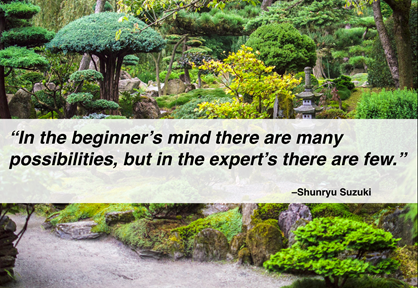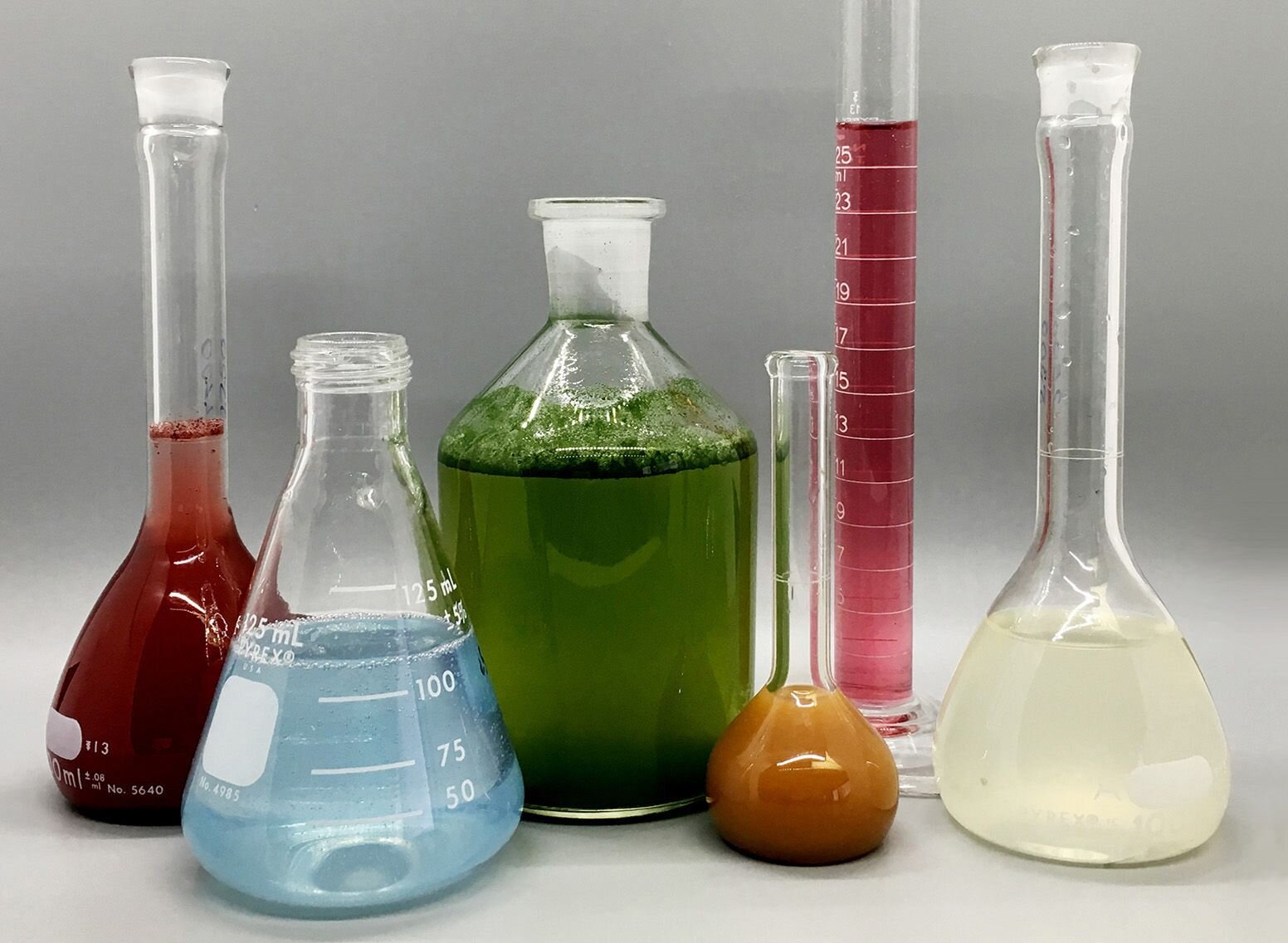4 Easy Facts About Circularly Polarized Luminescence Explained
4 Easy Facts About Circularly Polarized Luminescence Explained
Blog Article
Some Known Factual Statements About Spectrophotometers
Table of ContentsWhat Does Circular Dichroism Mean?See This Report about SpectrophotometersWhat Does Circular Dichroism Mean?The 3-Minute Rule for Uv/visSpectrophotometers for DummiesThe Single Strategy To Use For Circularly Polarized LuminescenceSpectrophotometers - QuestionsThe Single Strategy To Use For Uv/vis/nirThe 45-Second Trick For Uv/visAn Unbiased View of Circular DichroismUv/vis/nir Can Be Fun For AnyoneNot known Details About Spectrophotometers Some Of Uv/vis/nir
It is then scanned through the sample and the reference solutions. Portions of the incident wavelengths are transferred through, or reflected from, the sample and the referral. Electronic circuits convert the relative currents into direct transmission percentages and/or absorbance/concentration values.The transmission of a recommendation compound is set as a standard (information) value, so the transmission of all other substances are recorded relative to the preliminary "zeroed" substance. The spectrophotometer then converts the transmission ratio into 'absorbency', the concentration of particular elements of the test sample relative to the preliminary substance.
Given that samples in these applications are not easily available in large quantities, they are specifically suited to being evaluated in this non-destructive method. In addition, valuable sample can be conserved by utilizing a micro-volume platform where as low as 1u, L of sample is required for total analyses. A short explanation of the procedure of spectrophotometry includes comparing the absorbency of a blank sample that does not consist of a colored compound to a sample which contains a colored substance.
The 8-Second Trick For Spectrophotometers
In biochemical experiments, a chemical and/or physical property is chosen and the procedure that is used specifies to that property in order to derive more details about the sample, such as the amount, purity, enzyme activity, and so on. Spectrophotometry can be utilized for a variety of strategies such as identifying ideal wavelength absorbance of samples, determining optimal p, H for absorbance of samples, figuring out concentrations of unidentified samples, and determining the p, Ka of different samples.: 21119 Spectrophotometry is also a helpful process for protein filtration and can also be utilized as an approach to create optical assays of a compound.
It is possible to know the concentrations of a two part mixture utilizing the absorption spectra of the standard services of each component. To do this, it is required to understand the termination coefficient of this mixture at 2 wave lengths and the extinction coefficients of solutions that consist of the known weights of the 2 components.

Examine This Report about Uv/vis
Most spectrophotometers are used in the UV and noticeable areas of the spectrum, and some of these instruments also operate into the near-infrared region also. The concentration of a protein can be estimated by determining the OD at 280 nm due to the presence of tryptophan, tyrosine and phenylalanine (https://www.magcloud.com/user/olisclarity1).
Nucleic acid contamination can also interfere. This approach needs a spectrophotometer efficient in measuring in the UV region with quartz cuvettes.: 135 Ultraviolet-visible (UV-vis) spectroscopy includes energy levels that delight electronic transitions. Absorption of UV-vis light delights molecules that are in ground-states to their excited-states. Noticeable area 400700 nm spectrophotometry is used thoroughly in colorimetry science.
20. 8 O.D. Ink makers, printing companies, fabrics vendors, and a lot more, need the information provided through colorimetry. They take readings in the area of every 520 nanometers along the visible area, and produce a spectral reflectance curve or a data stream for alternative discussions. These curves can be used to check a brand-new batch of colorant to check if it makes a match to specifications, e.
The Of Circular Dichroism
Traditional visible region spectrophotometers can not discover if a colorant or the base product has fluorescence. This can make it hard to handle color concerns if for instance one or more of the printing inks is fluorescent. Where a colorant contains fluorescence, a bi-spectral fluorescent spectrophotometer is used (https://hubpages.com/@olisclarity1). There are two significant setups for visual spectrum spectrophotometers, d/8 (spherical) and 0/45.
Researchers use this instrument to measure the amount of substances in a sample. In the case of printing measurements 2 alternative settings are typically used- without/with uv filter to control much better the result of uv brighteners within the paper stock.
The smart Trick of Uv/vis/nir That Nobody is Talking About
Some applications need small volume measurements which can be performed with micro-volume platforms. As described in the applications section, spectrophotometry can be utilized in both qualitative and quantitative analysis of DNA, RNA, and proteins. Qualitative analysis can be used and spectrophotometers are utilized to tape spectra of substances by scanning broad wavelength areas to identify the absorbance homes (the strength of the color) of the compound at each wavelength.

Uv/vis for Beginners
One significant element is the type of photosensors that are offered for different spectral regions, however infrared measurement is likewise difficult since practically everything produces IR as thermal radiation, especially at wavelengths beyond about 5 m. Another problem is that quite a few products such as glass and plastic absorb infrared, making it incompatible as an optical medium.
Samples for IR spectrophotometry might be smeared between two discs of potassium bromide or ground with potassium bromide and pushed into a pellet. Where aqueous solutions are to be determined, insoluble silver chloride is utilized to construct the cell. Spectroradiometers, which operate nearly like the noticeable region spectrophotometers, are designed to measure the spectral density of illuminants. 2013. p. 13. Allen, DW; Cooksey, C; Tsai, BK (Nov 13, 2009). "Spectrophotometry". Recovered Dec 23, 2018. Ninfa AJ, Ballou DP, Benore M (2010 ). Essential Laboratory Techniques for Biochemistry and Biotechnology (2nd ed.). Hoboken: Wiley & Sons. ISBN 9780470087664. OCLC 488246403. Schwedt G (1997 ). The important guide to analytical chemistry.
Oke, J. B.; Gunn, J. E.
The Main Principles Of Circular Dichroism

Ninfa AJ, Ballou DP, Benore M (2015 ). Basic Lab Methods for Biochemistry and Biotechnology (3, rev. ed.). UV/Vis. Laboratory Equipment.
The Definitive Guide to Circular Dichroism
Recovered Jul 4, 2018. Trumbo, Toni A.; Schultz, Emeric; Borland, Michael G.; Pugh, Michael Eugene (April 27, 2013). "Applied Spectrophotometry: Analysis of a Biochemical Mixture". Biochemistry and Molecular Biology Education. 41 (4 ): 24250. doi:10. 1002/bmb. 20694. PMID 23625877. (PDF). www. mt.com. Mettler-Toledo AG, Analytical. 2016. Retrieved Dec 23, 2018. Cortez, C.; Szepaniuk, A.; Gomes da Silva, L.
"Exploring Proteins Filtration Strategies Animations as Tools for the Biochemistry Teaching". Journal of Biochemistry Education. 8 (2 ): 12. doi:. Garrett RH, Grisham CM (2013 ). Biochemistry. Belmont, CA: Cengage. p. 106. ISBN 978-1133106296. OCLC 801650341. Holiday, Ensor Roslyn (May 27, 1936). "Spectrophotometry of proteins". Biochemical Journal. 30 (10 ): 17951803. doi:10. 1042/bj0301795.
PMID 16746224. Hermannsson, Ptur G.; Vannahme, Christoph; Smith, Cameron L. C.; Srensen, Kristian T.; Kristensen, Anders (2015 ). "Refractive index dispersion sensing utilizing a selection of photonic crystal resonant reflectors". Applied Physics Letters. 107 (6 ): 061101. Bibcode:2015 Ap, Ph, L. 107f1101H. doi:10. 1063/1. 4928548. S2CID 62897708. Mavrodineanu R, Schultz JI, Menis O, eds.
The 10-Minute Rule for Spectrophotometers
U.S. Department of Commerce National Bureau of Standards special publication; 378. Washington, D.C.: U.S. National Bureau of Standards. p. 2. OCLC 920079.
The procedure starts with a controlled light that lights up the evaluated sample. In the case of reflection, as this light communicates with the sample, some is absorbed or given off. The released light travels to the detector, which is analyzed, measured, and provided as industry-standard color scales and indices.
All terms are assessed over the visible spectrum from 400 to 700 nm. In the case of transmission, when the light connects with the sample, it is either taken in, reflected, or sent.
Excitement About Uv/vis/nir
Examples include APHA (American Public Health Association) for watercolor and purity analysis, ASTM D1500 for petrochemical color analysis, edible oil indices utilized in food, and color analyses of beverages. All terms are evaluated over the noticeable spectrum from 400 to 700 nm.
Image Credit: Matej Kastelic/ Dr. Arnold J. Beckman and his associates at the National Technologies Laboratories first developed the spectrophotometer in 1940. In 1935 Beckman founded the business, and the discovery of the spectrophotometer was their most ground-breaking innovation.
The Basic Principles Of Uv/vis
99% accuracy. In time, scientists kept enhancing the spectrophotometer design to enhance its efficiency. The UV capabilities of the model B spectrophotometer were improved by changing the glass prism with a quartz prism. Eventually, the Design DU was created, consisting of a hydrogen light and other improvements. This instrument was used in commercial laboratories, centers, and chemistry and biochemistry departments.
Typically, a spectrophotometer is made up of 2 instruments, namely, a spectrometer and a photometer. A standard spectrophotometer contains a light source, a monochromator, a collimator for straight light beam transmission, a cuvette to put a sample, and a photoelectric detector.
Not known Facts About Uv/vis
There are different types of spectrophotometers in numerous shapes and sizes, each with its own function or performance. A spectrophotometer determines just how much light is reflected by chemical elements. spectrophotometers. It determines the distinction in light intensity based on the total quantity of light introduced to a sample and the amount of beam that goes through the sample option
As per the instrument's design, the sample is positioned between the spectrometer and the photometer. After the light is gone through the sample, the photometer measures its strength and shows the reading. A spectrophotometer is used to identify the concentration of both colorless and colored solutes in a solution. This instrument is used to identify the rate of a response.
Report this page